Fumed silica is a white, very light powder of amorphous silicon dioxide. Fumed silica is a silicon compound with microscopic elemental particles and a spherical shape, a large surface area, unique surface properties, and high purity, and it is widely applied in various industrial fields.
The average diameter of the spherical elementary particles is 7 ~ 40 nm, which is determined by the hydrolysis reaction conditions in the flame, and it depends on the speed of the reactants and the temperature of the flame. Due to the small particle size has a large surface area, and its value ranges from 50 to 380 m2/g.
Fumed silica is manufactured by a gas phase reaction at a high temperature. It is produced by the hydrolysis of chlorosilanes in flames over 1000°C formed from oxygen and hydrogen.
Read – Ranked: The Most Privileged People in the World
Primary particles made from flames are connected to each other due to collisions while the surface is still melted to form secondary particles. These are connected in three-dimensional branches and are called aggregates or agglomerates.
After the reaction, the residual hydrogen chloride gas on the silica is removed under high-temperature air conditions. The density of fumed silica immediately after manufacturing is very low, so increase the density to 50g/l or more by evacuating air using a pressure-reducing device.
Important properties such as particle size and specific surface area in the manufacture of Fumed silica are controlled by changing the composition of the reactants and the temperature of the flame.
Because silica formation in the flame is concise, the resulting Fumed silica is not crystalline, but silicon dioxide amorphous to X-ray diffraction.
There are hydroxyl groups on the surface of Fumed silica. Due to this hydroxyl group, Conacyl becomes hydrophilic and can form hydrogen bonds. Fumed silica thickening effect in liquid is due to the interaction of these silanol groups.
Fumed silica is divided into the following two types according to the chemical properties of the silica surface.
- Hydrophilic Fumed Silica: Ordinary fumed silica produced in flame belongs to this category and can be easily wetted with water.
- Hydrophobic Fumed Silica: Manufactured by reacting hydrophilic silica with an organosilane, replacing the hydroxyl groups on the surface with organic substances such as methyl groups.
As organosilane, it is manufactured by processing compounds such as dimethyldichlorosilane and is used to require resistance to moisture because it has no affinity for water.
The CMP process in semiconductor manufacturing is a type of planarization technology used for wafer surface polishing and is an essential process in semiconductor manufacturing.
This CMP process polishes a substrate to be polished with a metal oxide slurry using an elastomer pad or the like. According to the type of substrate to be polished, the CMP process is mainly divided into STI, metal CMP, and ILD.
In general, the metal oxide slurry used in the CMP process is required to have good dispersion stability, excellent polishing rate, few defects such as scratches on the wafer surface after polishing, and high purity.
Fumed silica can be used as an abrasive for CMP slurries by satisfying the high purity, uniform particle size, and fineness characteristics required to manufacture such CMP slurries.
Fumed silica improves mechanical properties such as:
- tensile strength
- elongation at break
- tear strength in rubber products.
Especially in the case of silicone rubber, this improvement effect is excellent. The main application areas include HTV and RTV silicone rubber, fluoro rubber, natural rubber, and SBR rubber.
Due to these properties of Fumed silica, it is widely used in rubber, sealant, and adhesive. The reinforcing effect in rubber is explained by the impact that Fumed silica attaches to the rubber resin and raises the glass transition temperature of the resin. As a result, using Fumed silica maintains stable physical properties even at high temperatures. In other words, the change in mechanical properties with temperature becomes small.
Read: Get Back Your Coverage from Unwanted Expenses
Fumed silica, which is used for reinforcement, can use both hydrophilic and hydrophobic silica, that covers the silanol groups on the surface to compensate for disadvantages such as thickening and pre-curing. For rubber requiring durability, hydrophobic silica with water repellency is used.
Fumed silica is used in sealants, adhesives, and finishing materials to increase viscosity, strengthen mechanical properties, and increase the bonding strength of resins.
In one-component and two-component RTV silicone sealants, Fumed silica is used in 5 to 10 wt% in the product to improve thixotropic properties and mechanical strength.
Many adhesives contain elastic resins and solvents. Fumed silica increases the viscosity of the bond and increases the bonding strength of the resin.
Fumed silica can be used for hot melt adhesives. Hot melt adhesive is attracting attention. After all, it is advantageous in terms of environmental pollution because it uses less solvent and minimizes the problem of air pollution.
Ter Chemicals is a fumed silicas supplier, and the chemicals industry partner for leader European companies.

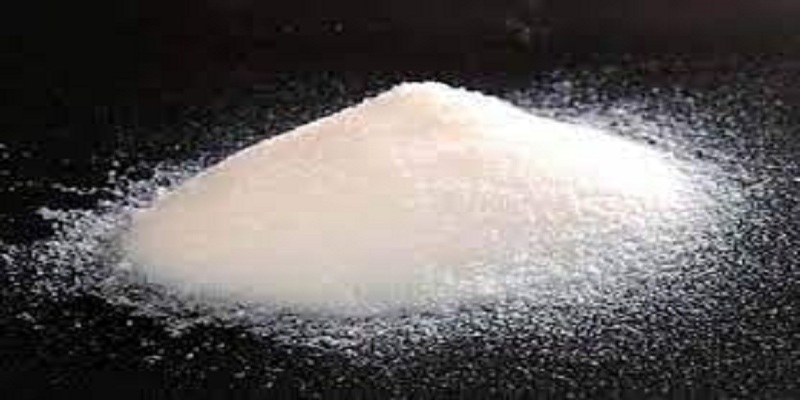




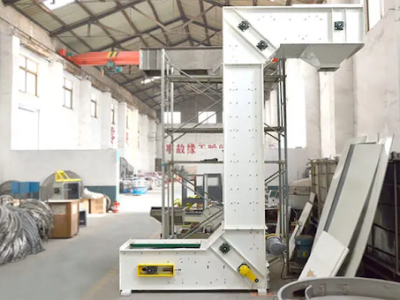
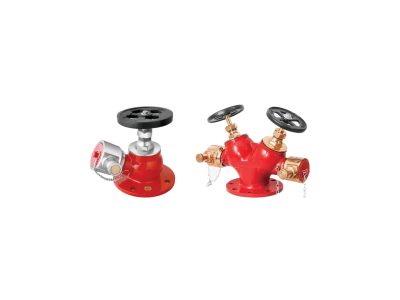


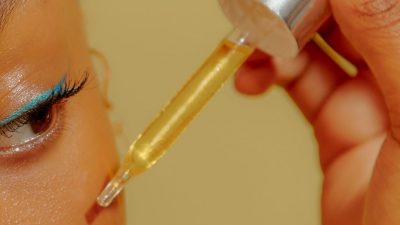

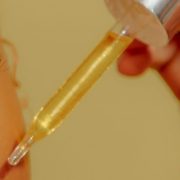

Comments